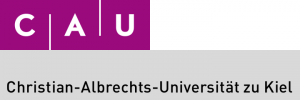C7
Numerical simulation of moving and reacting bulk material passed by reacting gas flows
Doctoral candidate / Postdoc
DEM/CFD methods for reacting particle systems are currently still in their infancy. Although recent approaches have shown their basic potential to describe them, fundamental deficits still exist for available DEM/CFD methods and implementations. This is mainly due to the complex interactions between heat and mass transfer as well as the simultaneous reaction of particles and surrounding gas, which need to be taken into account. In this context, project C7 tackles aspects regarding the modelling of fluid, particles and their interaction. Figure 1 shows an example of shape-changing particles for locally-resolved particle geometry in DEM simulations which is used as a compromise between expensive resolved calculations and the computationally cheap sphere representation. A crucial point here is the correct choice of the resolved region to accurately reproduce the physics involved.
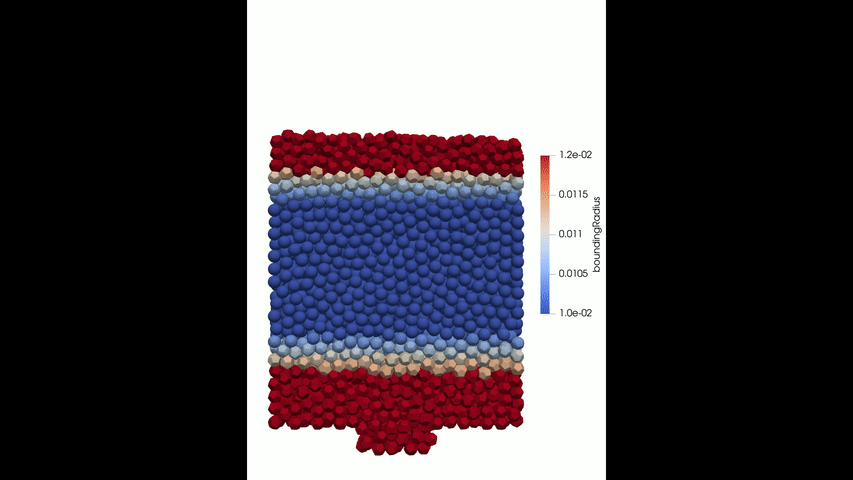
Figure 1:Shape-changing particles for locally-resolved particle geometry in DEM simulations.
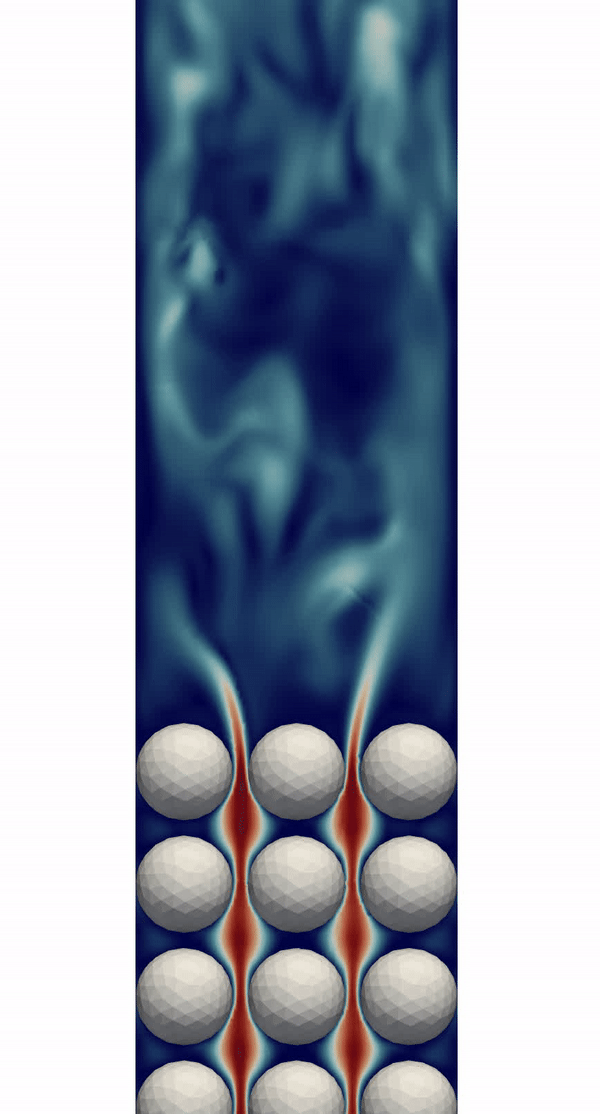
Figure 2: Simulation of experiment in project A1: Isothermal gas flow around spheres in a packed bed reactor at Re = 500
Resolving the particle shape in the fluid domain can be achieved by different strategies, being one of these the Immersed Boundary Methods (IBM). A simplified, and therefore efficient, variant of IBM is the Blocked-Off method. In C7, several studies were conducted to investigate on accuracy and efficiency of the Blocked-Off approach to approximately resolve the particle shape in the fluid domain. Amongst others, experimental and numerical data was compared for an isothermal packed bed reactor (Figure 2) in cooperation with project A1 and C2.
While resolving the particle shape in the fluid grants a detailed and precise description of the transport processes, it is in general not suitable for large-scale systems, due to the computational cost, and porous media approaches are favorable. In C7 a combination of both methodologies, Blocked-Off and porous media, is developed to gather more precise information at critical locations in the reactor. The envisaged approach was tested for inflow into a packed bed concerning pressure drop and mixing behavior as well as for moving particles where reaction takes place as methane enters the domain through a lance, as seen in Figure 3.
Concerning particles and their interaction, contact detection algorithms play an important role and are of high complexity, as well as expensive, if non-spherical particles are considered. For the use of the Gilbert-Johnson-Keerthi (GJK) algorithm combined with the Expanded Polytope Algorithm (EPA) a tabulation strategy was devised to reduce the work load of finding contacts for highly-resolved convex particles. In a next step, the framework will be extended to allow also for the use of non-convex particles as the shape can significantly alter the bulk motion in reactors as interlocking and other mechanisms may occur.
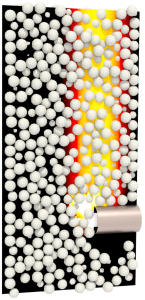
Figure 3: Methane concentration of a mixed resolved/unresolved particle simulation of a moving and reacting particle reactor.
Another important factor in the handling of reacting particle systems is the use of single-particles models and their complexity level (Figure 4). As particle shape can hugely influence the actual reaction progress inside the particles, an appropriate modeling approach is needed. This includes the use of reduced-order model, which is also investigated in cooperation with C4 and lead to the successful implementation of drying and calcination models. Additionally, the change of size and shape of particles due to reaction cannot be ignored for the in-depth analysis of reactors. Therefore, a concept is developed to omit expensive remeshing of the particle geometry and to consider local reactions at the intraparticle level.
The topics studied in project C7 form a central part of the new advanced and flexible DEM/CFD framework, especially designed for the simulation of moving and reacting thermally thick bulk material passed by reacting fluids. The work is carried out in close cooperation with the service project S and the new framework will be released as an open-source software at the end of the during the second funding period.
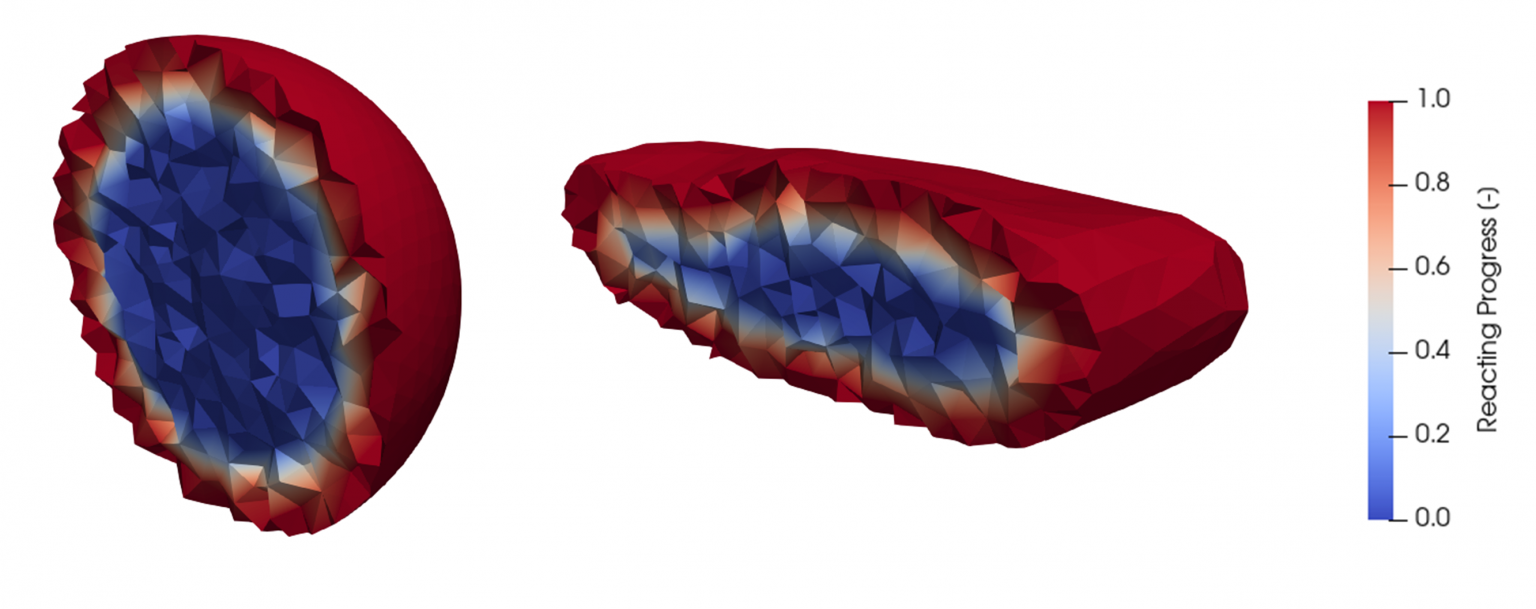
Figure 4: Reaction progress inside particles of same volume but different shape.



